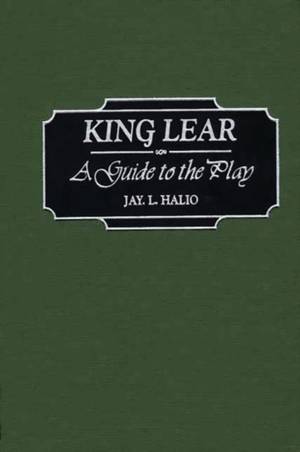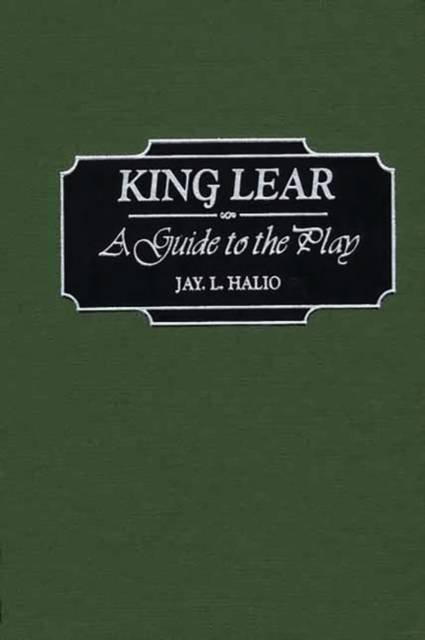
- Retrait gratuit dans votre magasin Club
- 7.000.000 titres dans notre catalogue
- Payer en toute sécurité
- Toujours un magasin près de chez vous
- Retrait gratuit dans votre magasin Club
- 7.000.0000 titres dans notre catalogue
- Payer en toute sécurité
- Toujours un magasin près de chez vous
183,45 €
+ 366 points
Description
In its timeless exploration of familial and political dissolution, and in its relentless questioning of the apparent moral indifference of the universe, King Lear is Shakespeare's darkest tragedy. It is also one of his most timely, for many of the issues it raises resonate loudly within our own era. Perhaps because of its contemporary relevance, it is one of Shakespeare's most frequently produced, taught, and studied works. And the amount of scholarship on King Lear is exceeded only be the complexity which that scholarship reveals. This book is a lucid and thorough guide to the play's roots and legacy.
The volume begins with a discussion of the play's textual history, which is complicated by the different quarto and folio versions. It also addresses the merits of several recent editions. The book then looks at the literary, historical, and cultural contexts that inform the play. This is followed by an examination of Shakespeare's dramatic art, an analysis of the play's themes, and a summary of the different approaches critics have used to elucidate its meaning. A final chapter explores the play's rich production history, and a selected bibliography concludes the volume. As a guide, this reference successfully navigates the tremendous body of available scholarship and is a ready aid for a wide range of readers.Spécifications
Parties prenantes
- Auteur(s) :
- Editeur:
Contenu
- Nombre de pages :
- 152
- Langue:
- Anglais
- Collection :
Caractéristiques
- EAN:
- 9780313316180
- Date de parution :
- 30-09-01
- Format:
- Livre relié
- Format numérique:
- Genaaid
- Dimensions :
- 160 mm x 247 mm
- Poids :
- 358 g

Les avis
Nous publions uniquement les avis qui respectent les conditions requises. Consultez nos conditions pour les avis.






